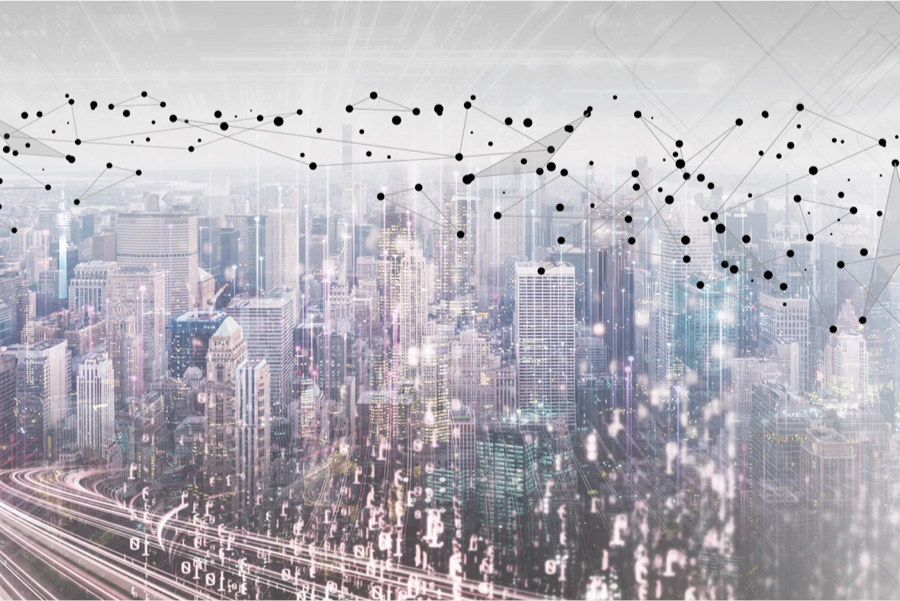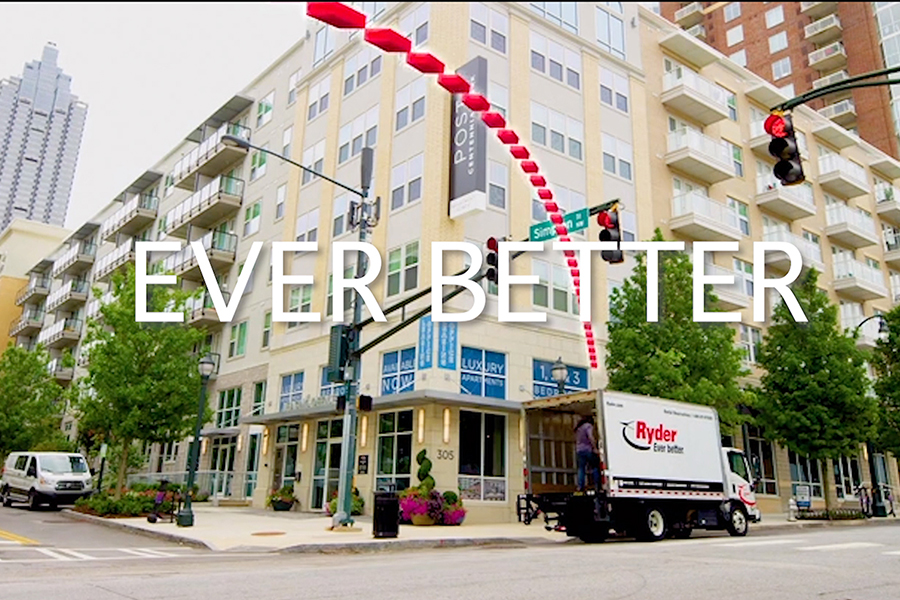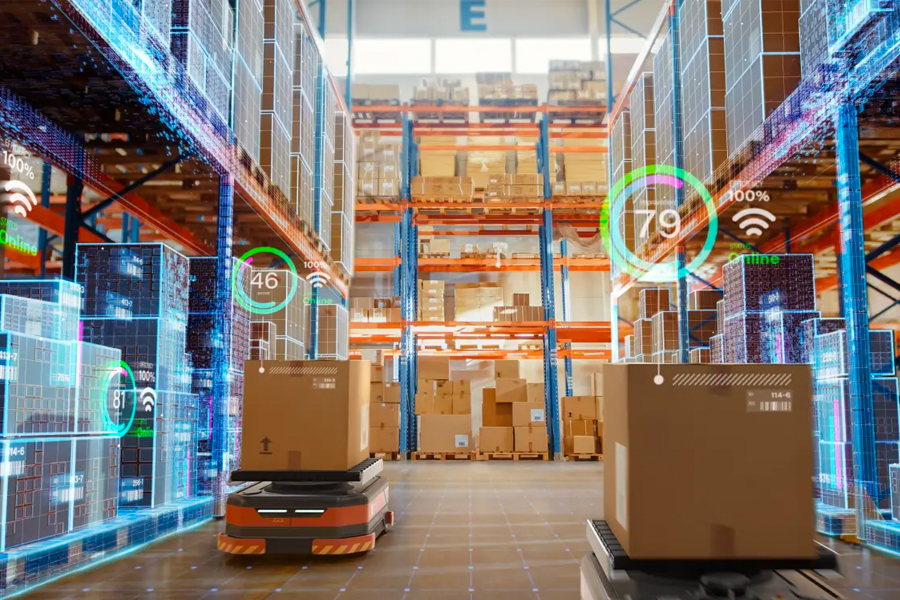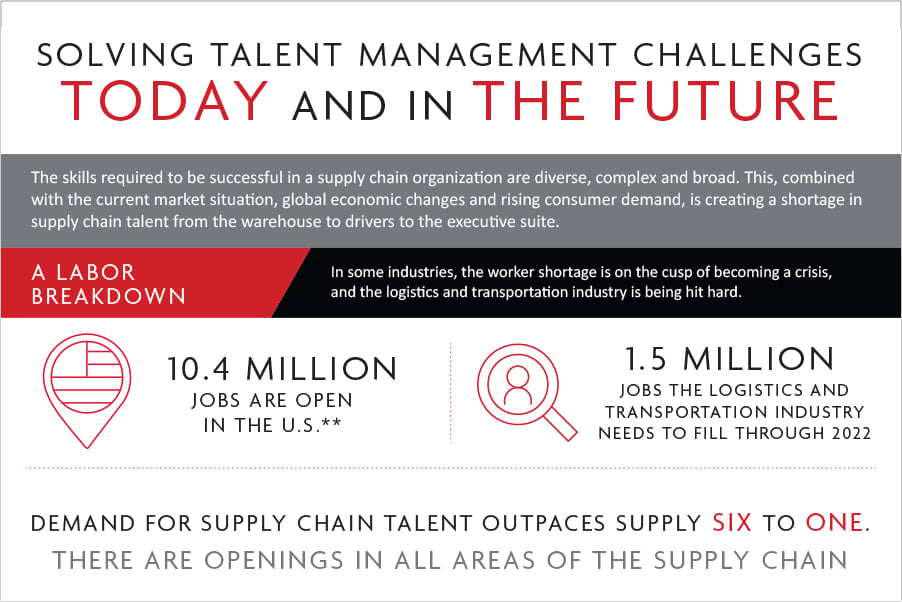The Future of Logistics Part 1 of 2

Logistics has gone through an extraordinary change over the past quarter century. It has moved from an operational function that reported to sales or manufacturing to an independent supply chain management function that drives businesses and customer satisfaction. Additionally, disruption is occurring at a more rapid pace than ever before in transportation and logistics.
Macro trends continue to have a heavy influence on the industry. Regulatory pressures for cleaner, more efficient fleets and warehouses, as well as safety regulations, hours of service, and CSA rules are constantly changing, creating more complexity and confusion. Continued growth in rural areas is forcing companies to find new ways to get closer to consumers. Skilled talent is more difficult to find in a time when technicians, truck drivers, and warehouse workers are in short supply and high demand.
At the same time, consumers are driving micro trends across the globe. They are more savvy, less patient, and have near infinite options available to them. Keeping up with their changing preferences has become a struggle for companies as they try to meet the age-old mantra: The customer is king. Two-day delivery of goods is setting a new standard across all industries, as well as raising the level of consumer expectation. Consumers want more individualization and customization of products, which drives the strong growth and constant changes of SKU portfolios.
Through these macro and micro trends, the world is moving from physical to digital, from wasteful to sustainable, from delayed to instantaneous, and from manual to automated. This faster pace of commerce and the disruptions force us to re-think how we do business. And, provides opportunity in disruption. It creates fertile ground for innovation and partnerships that deliver new products, services, and business models to an industry that is in dire need of re-inventing itself to keep pace.
That’s why, at Ryder, the future of logistics is now. We help businesses navigate these murky waters of uncertainty with greater visibility and clear solutions that create value. We do this by having the technology, people, and tools in place so supply chains become faster, more granular, and much more accurate. Because of our experience and position as a leader in transportation and logistics, we know what businesses crave in a world that is constantly changing and becoming more digitalized.
Using Consumer Digitalization to Drive Supply Chain Strategy
This economic environment is driven by the millions of connected consumer devices that can sense, measure, order, and alert: smartphones, smart watches, tablets, smart cars, smart appliances, personal lifestyle tracking devices, talking virtual assistants, monitoring devices, among others. According to Gartner, under the roof of the average home in America are two virtual assistants (Echo, Google home), three tablets, two laptops, four smart phones, one smart television, and two smart watches. These devices include applications that provide data that enables companies to understand how to better serve consumers, which products are in demand, where inventory needs to be sourced, and uncover innovative product ideas.
Just as these technologies and devices are changing consumer behaviors, technology is changing the end-to-end supply chain. Organizations have evolved from thinking about a linear path – design, plan, source, manufacture, deliver – to dynamic networks of integrated processes and systems. Information from multiple devices drives the movement of goods from suppliers to consumers. Technologies such as robotics, augmented reality, artificial intelligence, analytics, and cognitive technologies are creating an environment capable of more informed decision making. It’s led to strategically locating e-commerce fulfillment hubs so two-day delivery is possible. And, providing value added services for customization such as monograming, engraving, and gift wrapping.
Ryder’s strategy to lead the change by forming strategic partnerships and piloting new technology creates customer-centric solutions that drive impact. It’s how we provide companies visibility to proactively manage exceptions in the movement of goods through the supply chain. And, how we connect multiple people to collaborate in real-time to solve in minutes, what previously took days or weeks to fix.
We are doing this with RyderShare™, the ultimate open digital platform for real-time visibility of goods moving across the supply chain. The collaborative logistics platform enables the sharing of data with all stakeholders to make decisions and take actions on exceptions in the transit of products. Through its customer-centric approach, RyderShare enables companies to achieve cost savings by reducing redundancies, driving efficiencies, and creating a more predictive supply chain.
For fleets, we we’re doing it with RyderGyde™, the only app of its kind that allows managers and drivers to easily manage their fleets from one device. This includes ELD data, eDVIRs, fuel receipts, and other once manual paperwork that would take several hours to complete. RyderGyde connects users and their vehicles to modernized Ryder maintenance facilities, enabling technicians to be prepared to service the vehicles when they arrive, minimizing downtime.
Additionally, our Ryder OpsBox™ technology provides a centralized data and analytics platform for distribution and labor management decision making and optimization. Our leading-edge last mile technology RyderView™, gives manufacturers, retailers, consumers, and distributors real-time visibility into the delivery of products, as well as provides capacity management, intelligent routing, carrier tracking, and the ability to self-schedule deliveries. And, RyderDrive™ enables communications between truck drivers, managers, and dispatchers, to streamline trip management and automate operations at transportation hubs.
These technologies seamlessly integrate with our best in class warehouse management and transportation management systems. In doing so, it digitizes supply chains by collecting data in one place and combines it with consumer data, so it can be turned into business intelligence and used for predictive analytics and closed-loop planning.
This is part one of our two-part The Future of Logistics series. You can read part two here.



